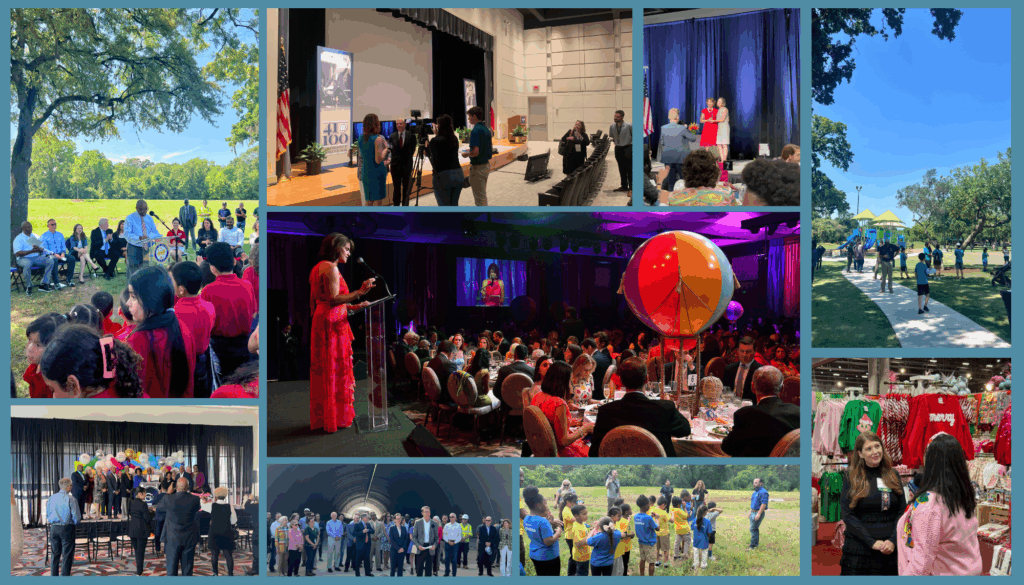You’ve worked hard to build an event your fans will love. Now it’s time to reach them, but how? A strategic events communications plan, tailored to reach and influence your ideal audience, is key. From media relations to influencer marketing, digital media to post-event outreach, these components, as part of a larger communications strategy, will draw the right crowd and build buzz for your event.
Elmore’s resident experts in each of these fields share their top tips to reach your audience before, during, and after your event.

Overall Planning:
Start by getting specific about what you want to achieve with your event. Is it filling seats, raising funds or boosting your organization’s visibility? Put numbers to it, so you’re clear on what success looks like. Then think about who you’re trying to reach and what would inspire them to show up. Build your program and messaging with them in mind. Assign ownership of every detail. Every task needs a name attached to it, so nothing falls through the cracks. -Cynthia Hurrington
Employee Communications:
Employees should learn about an event directly from the company — not from the news or social media. As with any employee communication, explain the “why,” highlight what’s in it for them to attend, and send a couple reminders. To accommodate schedules, consider offering a virtual attendance option, if appropriate, and providing a post-event recap or recording. -Stephanie Parker
Media Relations:
Planning should begin well before the event. Identifying strong story angles that tie your event to timely or newsworthy themes helps secure coverage from outlets your audience follows. Reporters need easy access to information, so prepare clear press materials and make essential details readily available. Onsite, designate a media contact and have a plan to connect reporters with spokespeople to ensure your event gets the visibility it deserves. -Mireya Rivera
Digital Media:
Digital media takes on many forms these days, which offers flexibility in how you target your audience. Your website, e-newsletter, social media, blog, and app are all “owned” digital means to reach your target audience. Ensure these are current and sharing relevant event information, making it easy for your audience to learn, sign up (if applicable) and share about your event. Keep branding consistent across these platforms to build recognition. -Judge Gwyn
Social Media (Organic):
Promotion should begin by posting teaser content, FAQs, and countdowns that showcase speakers and event experiences, while using a branded hashtag and placing a post with essential details. At the event, the content lead should take photos and videos while sharing real-time updates, and work with influencers and media to distribute content quickly. The event summary should combine all important moments into one post, while mentioning all participants, and directing viewers to watch replays, subscribe through email, or RSVP to the next event at a single, tracked destination. -Matthew Yoder
Social Media (Paid):
Start with a clear goal, whether that’s raising awareness, driving registrations, or boosting attendance. Create eye-catching visuals and short, engaging copy that makes it clear why people should care and how to take action. Run ads to audiences most likely to attend, then use reminder ads as the event approaches to turn interest into sign-ups. Keep an eye on performance throughout the campaign so you can adjust what’s working to make the most of your budget. –Andrea Brown
Many other strategies go into event communications. Our next article will focus on grassroots outreach, ad buys and trades, influencer marketing, planning for an event-related crisis, and post-event communications.
Sounds overwhelming? Elmore is here to help. Our strategists have decades of experience and expertise in each of these outreach areas. Together, we will build a comprehensive event communications strategy to maximize the turnout and impact of your event.

